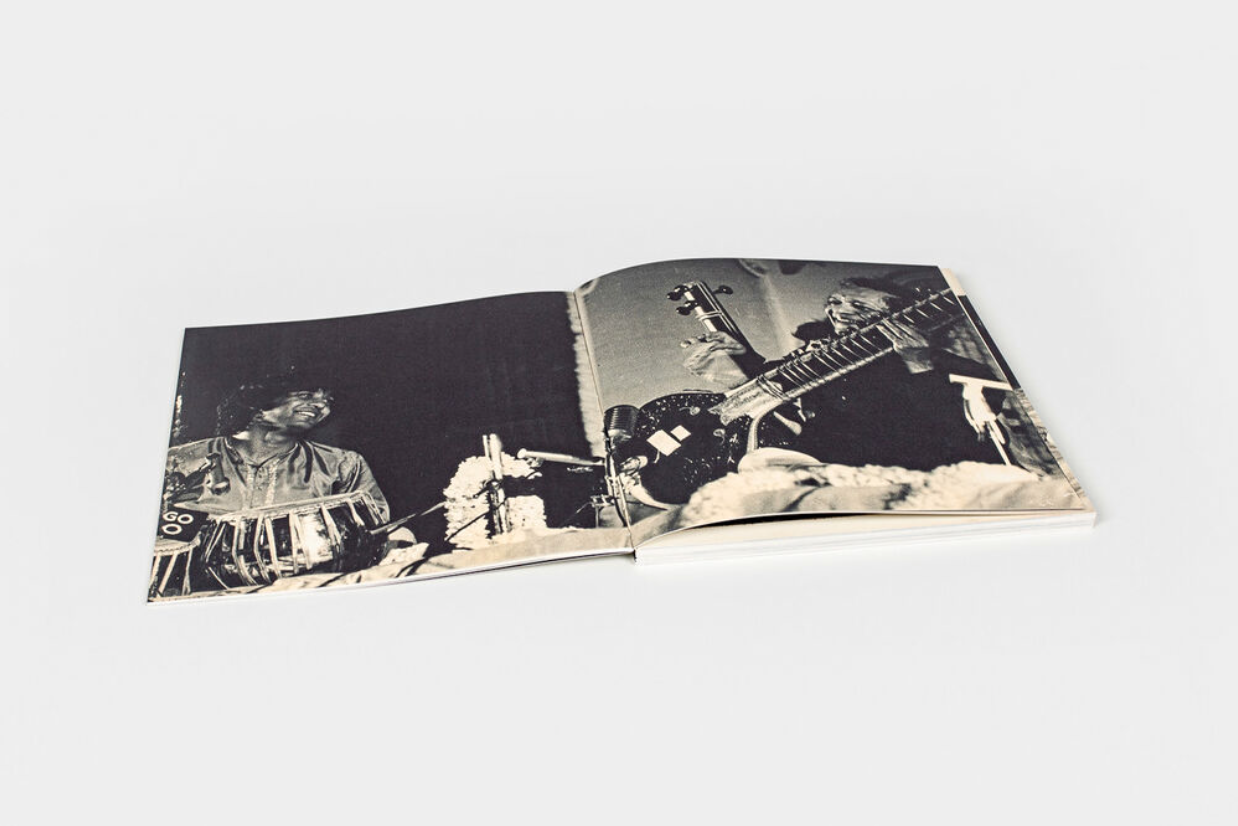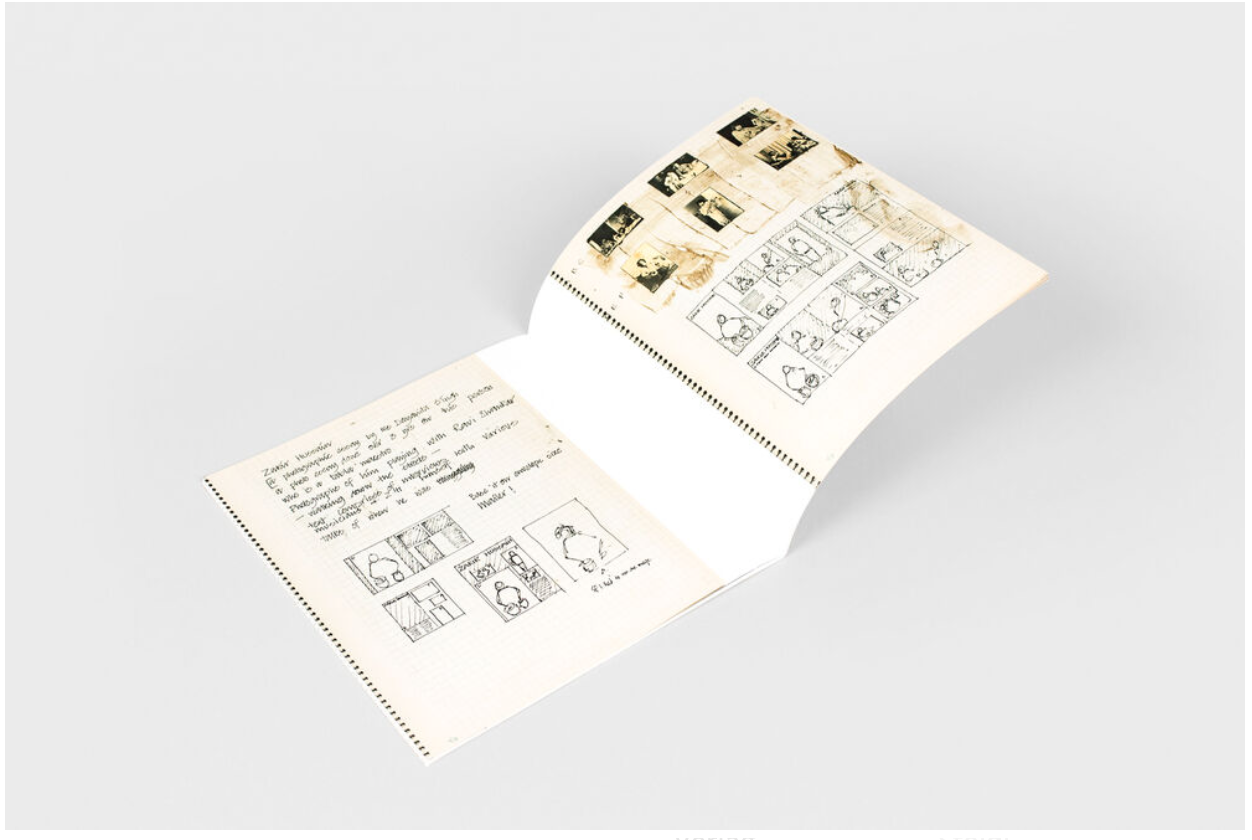Dayanita Singh: Zakir Hussain Maquette
The book is well known as Dayanita Singh’s primary medium, one she explores to create new relationships between photography, publishing, the exhibition and the museum. But where did her passion for the book as the ideal vessel for her photos, for the stories she tells, begin? The answer lies in Zakir Hussain, a handmade maquette Singh crafted in 1986 as her first project as a graphic design student. The protagonist of Singh’s photo essay is the Indian classical tabla virtuoso Zakir Hussain, whom she captured on the stage and at home with his family. Surrounding the photos are handwritten texts gleaned from interviews Singh made with her sitters, including insights from Hussain himself. This Steidl facsimile edition is scanned from Singh’s original maquette and reproduces all its “imperfections” and idiosyncrasies, including her pencilled notes about the book’s construction—indications of the influential book-maker to come. Shanay Jhaveri’s accompanying essay discusses how Singh intuitively assembled the book.
Steidl
Hardcover | 8.25 x 9.5” | 88 pgs
The book is well known as Dayanita Singh’s primary medium, one she explores to create new relationships between photography, publishing, the exhibition and the museum. But where did her passion for the book as the ideal vessel for her photos, for the stories she tells, begin? The answer lies in Zakir Hussain, a handmade maquette Singh crafted in 1986 as her first project as a graphic design student. The protagonist of Singh’s photo essay is the Indian classical tabla virtuoso Zakir Hussain, whom she captured on the stage and at home with his family. Surrounding the photos are handwritten texts gleaned from interviews Singh made with her sitters, including insights from Hussain himself. This Steidl facsimile edition is scanned from Singh’s original maquette and reproduces all its “imperfections” and idiosyncrasies, including her pencilled notes about the book’s construction—indications of the influential book-maker to come. Shanay Jhaveri’s accompanying essay discusses how Singh intuitively assembled the book.
Steidl
Hardcover | 8.25 x 9.5” | 88 pgs



